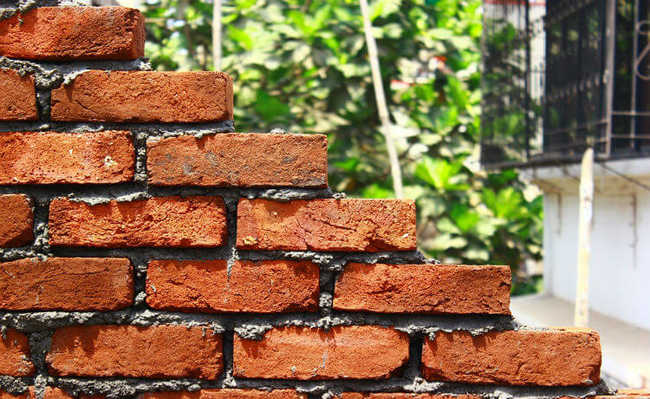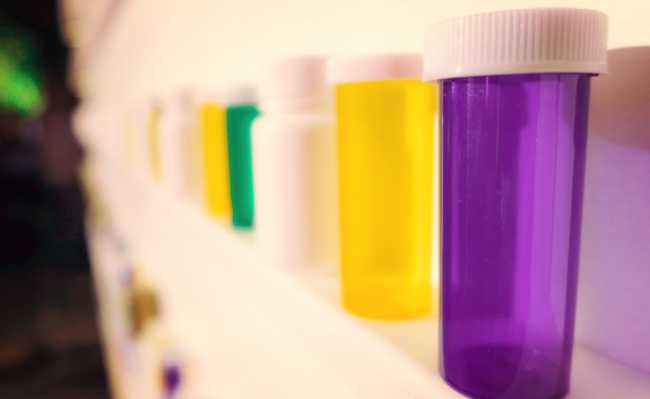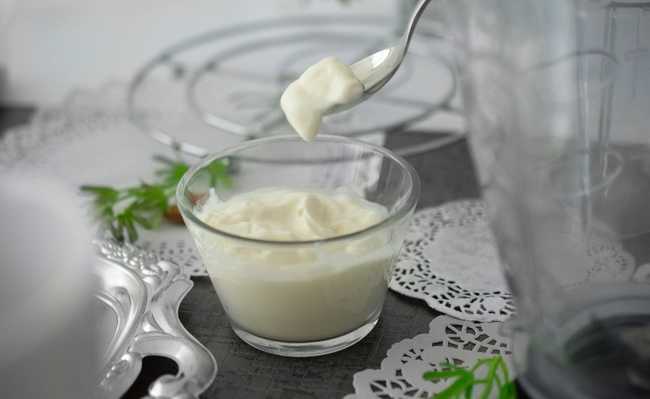DIY: exposed brick wall
A guaranteed presence in any construction, bricks once again show their face on walls and facades, giving the feeling of coziness and style in various environments

The exposed (or exposed) brick wall style is very common in the decoration. Whether for style or ease, the fact is that many people are already taking the plaster from their homes to expose their little bricks. But it doesn't take that much: you can have a brick wall in sight without breaking or building any walls. All you need is disposition or money (if you prefer to hire labor, a little money in your pocket and a wall facing you will be necessary).
You can start by choosing the type of joints. They can be filled, when there is a space between the bricks...

... Or dry, when one brick is directly touching the other.

Once you have decided on the type of joint, your wall must be clean and free from moisture, otherwise the bricks may not stick together or fall out after everything is done. For this "false" wall we will be using brick slabs, which you can buy at various stores or trade with someone you know is demolishing. These nameplates come in many colors, so think carefully before shopping.
Also think about the environmental impact of brick factories, which emit large amounts of greenhouse gases in the process of burning the brick and, for a good burning, about five trees are used. It is already easy to find ecological bricks on the market, which dispense with the burning step and are cheaper than conventional bricks. Or, if you want to splurge, you can buy an eco-brick hand press.
Back to the wall: Well measure the area you want to cover with bricks and calculate how many will be needed. Remember that in some corners you will use half of the piece, which you can cut using a chisel and hammer, or a hand saw, as shown in the video.Now let's stick the beauties on the wall. We have two simple options: you can use construction adhesive or spackle, as shown in the video.
Both options are available in ecological versions, with a lower proportion of VOCs, water-based and solvent-free, like the brands Henkel, Organum and Hydronorth. We recommend using spackle, as it is more sustainable and has a greater guarantee of adhesion on any wall.
Wait the time indicated by the manufacturer for drying. If you have chosen a dry joint wall, you can already skip to the next step, but if you chose full joints, then it is time to prepare the mortar, preferably polymeric, as it does not use cement or sand.
It is not difficult to find ready-to-apply mortar, with applicator packages, such as Dundun Mass and Biomassa. If this is not the case, improvise an applicator with a bag of rice or even a bag of confectioners.
Apply the mortar around each plate. Wait a few moments and, using a toothpick or your finger, “arrange” the dough.
After the wall is completely dry, resin must be applied to protect the brick. Prefer water-based resins, which are non-toxic and do not have a strong smell. Apply all over the wall with the help of a roller, using a brush or smaller roller for the joints. The manufacturer's instructions must specify how many coats are needed.Now relax and admire the beauty of your work (or someone else's work, if you've hired the service).











